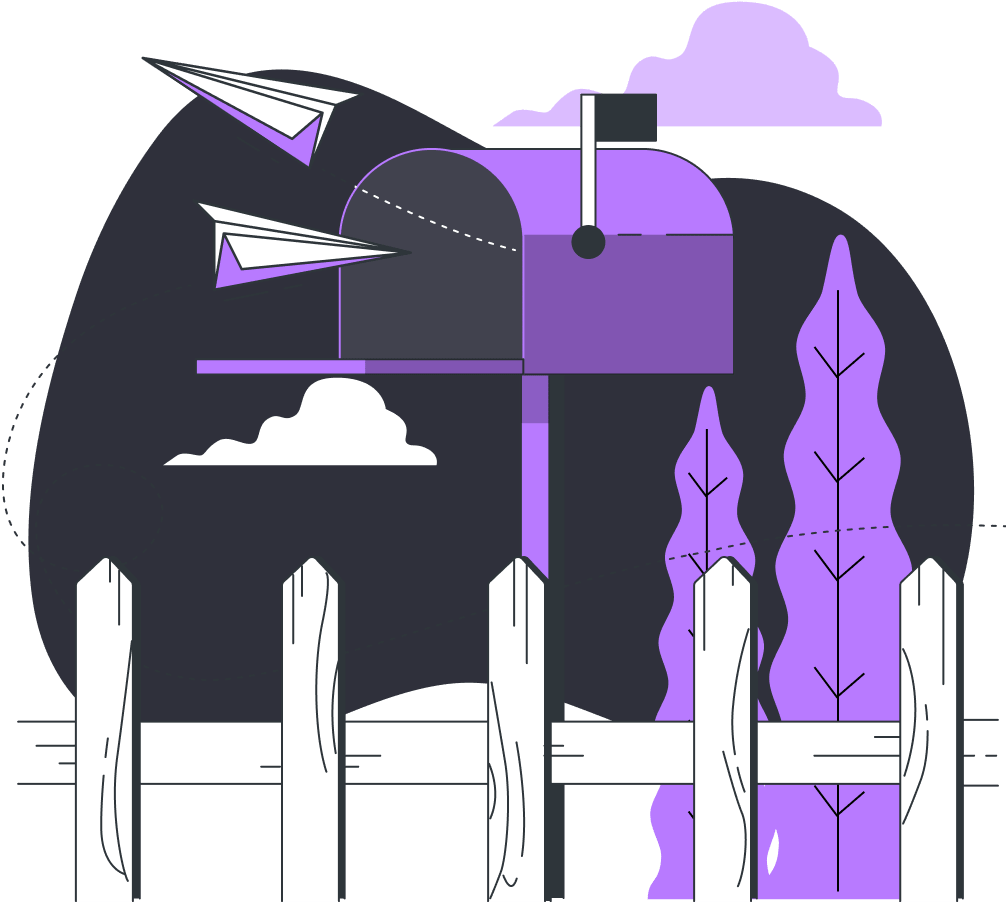In the ever-evolving world of web design, keeping up with the latest trends is crucial to staying relevant and providing an engaging user experience. However, it can sometimes be challenging to determine whether these trends are truly hip or just a fleeting hype. In this blog, we will explore the latest web design trends and analyze their impact on the digital landscape.
In recent years, web design has undergone a significant transformation, moving away from messy layouts and toward minimalistic designs that emphasize clean lines, ample white space, and bold typography. This shift has been influenced by the rise of mobile browsing, with designs prioritizing responsiveness and seamless navigation across various devices.
The latest web design trends offer a plethora of innovative and visually appealing options to elevate the digital experience. However, it is necessary to tread the line between trendy and timeless, ensuring that these trends are not just fleeting fads that compromise usability. By evaluating their impact on user engagement and the overall objective of a website, designers can strike the right balance between hip and hype, creating websites that are both aesthetically pleasing and functionally effective.
The Most Important Web Design Trends for 2023
As the digital landscape continues to expand, it has become crucial for businesses to stay updated on the latest design trends to ensure relevance and a memorable user experience. Here, we will explore some of the hottest web design trends in recent times, analyzing whether they are truly hip or just fleeting hype.
1. Dark Mode
Dark mode has gained immense popularity in recent years. This trend offers users an alternative colour scheme, predominantly utilizing dark hues for website backgrounds. It is praised for its elegant and modern aesthetics, reduced eye strain, and its ability to enhance other design elements, such as vibrant colours and typography. However, it may not be suitable for all websites, potentially compromising readability and accessibility for certain users. Dark mode’s true value lies in its ability to engage users and amplify specific design elements, making it a hip choice when used judiciously.
Dark backgrounds with contrasting text and elements can reduce eye strain and provide a unique visual experience. However, it’s important to consider accessibility and provide an option for users to switch between light and dark modes.
2. Minimalism
Minimalist web design focuses on clean and clutter-free layouts, removing unnecessary features and embracing simplicity. This approach allows for faster load times, improved user focus, and enhanced mobile responsiveness. While minimalism can be visually pleasing and evokes a sense of sophistication. It runs the risk of appearing plain or lacking in functionality. Ultimately, it depends on the application and the balance struck between aesthetics and user needs. When executed well, minimalistic designs can be considered truly hip in their timeless elegance.
However, it’s important to strike a balance between minimalism and providing enough information and functionality for users.
3. Micro-Interactions
Micro-interactions, such as subtle animations, hover effects, or dynamic scrolling, have gained momentum as a way to engage users and enhance interactivity. When used sparingly and purposefully, these interactions can captivate visitors, provide visual cues, and create a more immersive experience. However, an excessive and poorly implemented use of micro-interactions can lead to distracting or irritating user experiences. To maintain the hip factor, designers must judiciously incorporate these subtle interactions and ensure they serve a clear purpose without hindering usability. So, it’s important to use them purposefully and avoid overwhelming the user with excessive animations.
4. Custom Illustrations
Web design trends are constantly evolving, and one exciting trend that has gained popularity in recent years is the use of custom illustrations. Custom illustrations are unique, hand-drawn or digitally created graphics that add a personalized touch to a website’s design. They can be used in various ways to enhance the overall user experience and communicate a brand’s personality effectively.
Custom illustrations offer several advantages in web design. Firstly, they make a website visually distinctive and memorable. In a world saturated with stock photos and generic graphics, custom illustrations set a website apart from its competitors. These one-of-a-kind visuals capture users’ attention and create a strong brand identity.
5. Experimental Navigation
Experimental navigation is a web design trend that pushes the boundaries of traditional website navigation structures. It involves incorporating creative and unconventional navigation techniques to enhance user experience and make websites more engaging and memorable.
One of the key aspects of experimental navigation is that it breaks away from the traditional top or side navigation bars. It explores new ways of guiding users through the website’s content, often relying on interactive elements, animations, and intuitive user interactions. This trend allows designers to showcase their creativity and uniqueness, resulting in websites that stand out from the crowd.
6. Website Load Time and Page Speed
One crucial aspect that has gained significant attention is website load time and page speed. In today’s fast-paced digital world, users expect websites to load quickly. They may lose patience and abandon the site altogether. Therefore, optimizing website load time and page speed has become a top priority for web designers and developers.
According to research, it has been found that a significant portion of internet users have a high expectations for website loading speed. They generally anticipate websites to load quickly, preferably within two seconds after clicking a link. It is important to note that if a website takes longer than three seconds to load, visitors are highly likely to abandon it, and the chances of them returning are greatly reduced. It is evident that the performance of a website directly impacts a company’s revenue.
7. Captivating Scrolling
Captivating scrolling is a popular web design trend that aims to enhance user experience and engage visitors as they navigate through a website. With captivating scrolling, designers leverage dynamic scrolling techniques to create eye-catching and interactive effects that captivate and retain user attention.
One of the most commonly used techniques is parallax scrolling. This technique involves multiple layers of images or content moving at different speeds as the user scrolls, creating a sense of depth and immersion. Parallax scrolling brings a sense of dynamism and interactivity to the website, making it visually appealing and memorable for users.
8. Mobile-First Design
With the widespread use of smartphones and tablets, designing websites with a mobile-first approach has become essential. Mobile-first design prioritizes the mobile user experience and ensures that websites are responsive and optimized for smaller screens. This trend is not just hype; it’s a necessity in 2023. Ignoring mobile optimization can lead to a poor user experience and negatively impact a website’s performance. Ignoring mobile optimization can lead to a poor user experience and negatively impact a website’s performance.
Conclusion:
The latest web design trends for 2023 offer a mix of hip and hype. Web design trends are subjective, and their success depends on how effectively they enhance the overall user experience. By striking the right balance, web designers can ensure that their designs remain hip and relevant in the ever-evolving digital landscape.





